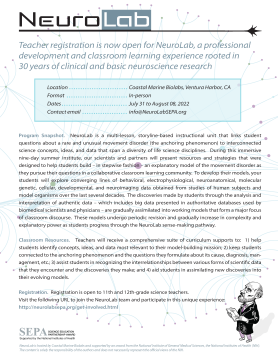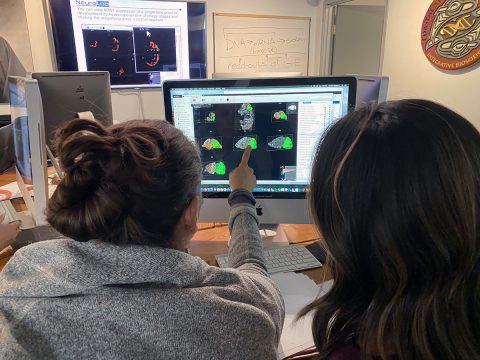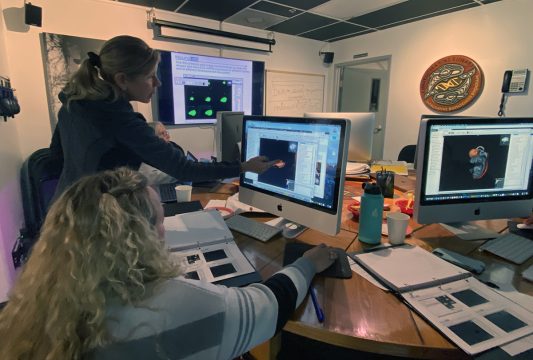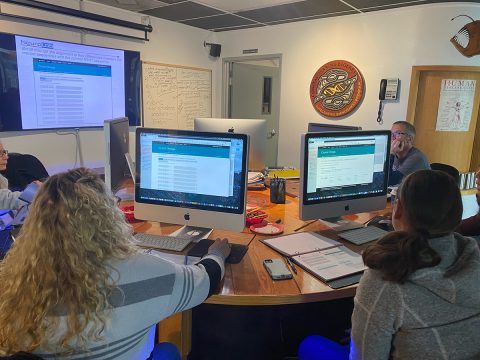NeuroLab: Adapting an authentic ISE experience for high school course integration and positive STEM outcomes
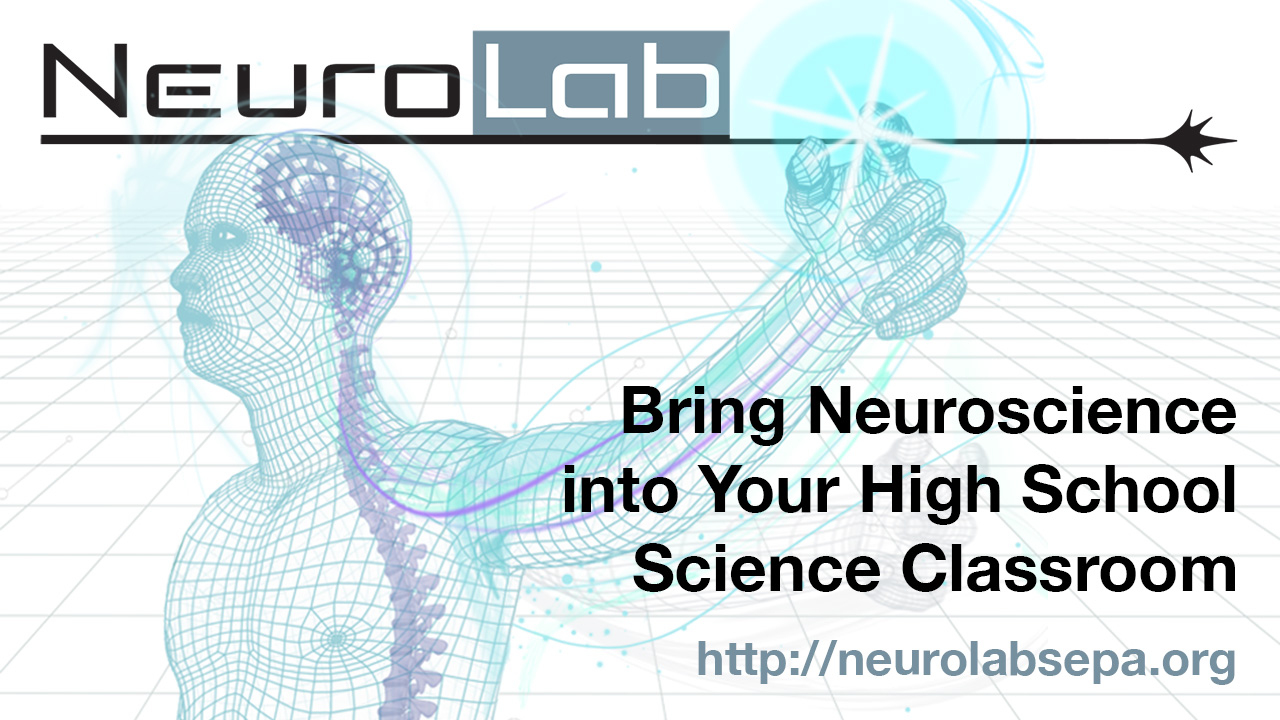
http://neurolabsepa.org/
Project Website(s)
-
Abstract
Supporting scientific modeling in the high school science classroom
NeuroLab builds upon the foundation of a prior informal science education (ISE) project funded through the National Institutes of Health Science Education Partnership Award (SEPA) program. This five-year effort engaged high school students in immersive residential research experiences that bridged developmental neuroscience and comparative functional genomics, and connected them to resources developed by the Lawrence Berkeley National Lab. Through their participation in these authentic ISE experiences, students explored the most updated models of nervous system hardwiring and helped identify new molecular genetic tools to visualize neurons as this dynamic process unfolds during embryonic development.
To expand project impacts, our focus has shifted to the high school science classroom and developing a pathway for teachers to pursue a new vision of science teaching and learning articulated in the National Research Council’s Framework for K-12 Science Education and the Next Generation Science Standards. NeuroLab is a multi-lesson, storyline-based instructional unit that links student questions about a rare and unusual movement disorder (the anchoring phenomenon) to interconnected science concepts, ideas, and data that span a diversity of life science disciplines. In partnership with high school science teachers, our scientists developed resources and strategies to help students build – in stepwise fashion – an explanatory model of the movement disorder as they pursue their questions in a collaborative classroom learning environment. To develop their models, students explore converging lines of behavioral, electrophysiological, neuroanatomical, molecular genetic, cellular, developmental, and neuroimaging data obtained from studies of human subjects and model organisms over the last several decades. The discoveries made by students through the analysis and interpretation of authentic data – which includes big data presented in authoritative databases used by biomedical scientists and physicians – are gradually assimilated into working models that form a major focus of classroom discourse. These models undergo periodic revision and gradually increase in complexity and explanatory power as students navigate through the NeuroLab sense-making trajectory.
Project Photos
Associated SEPA Project(s)
-
NeuroLab M3: Discovery-Based Explorations of Scientific Models Model Organisms and Model Systems in Developmental Neuroscience
R25OD16513-1 : 07/15/2014 - 06/30/2019
Associated SEPA Publication(s)
-
NeuroLab Research Experiences: Extending the CURE Design Framework into an Informal Science Setting Dedicated to Pre-College STEM Instruction
The Journal of STEM Outreach
Ralph Imondi, Kristin M. Bass, Ruchita Patel, and Linda Santschi -
NeuroLab 2.0: An Alternative Storyline Design Approach for Translating a Research-Based Summer Experience into an Advanced STEM+M Curriculum Unit that Supports Three-Dimensional Teaching and Learning in the Classroom
Journal of STEM Outreach
Santschi, L., Bass, K., Imondi, R.


